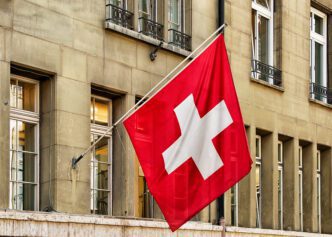The Federal Reserve’s outlook on interest rate cuts has taken a hit following recent inflation reports, signaling no reduction until at least September, if at all this year.
The possibility of a Federal Reserve interest rate cut remains dim after a concerning inflation report released this Wednesday. The futures markets have now ruled out any interest rate cuts until fall, with minimal expectations for another reduction before the end of 2025. “The Fed will see January’s hot inflation print as confirmation that price pressures continue to bubble beneath the economy’s surface,” said Bill Adams, chief economist at Comerica. This sentiment echoes the general caution on Wall Street, reinforcing the Fed’s inclination to slow or potentially halt rate cuts in the foreseeable future.
Jerome Powell, the Fed Chair, presented his views before the House Financial Services Committee, acknowledging the progress made on inflation control from its peak. However, he noted, “we’re not quite there yet,” emphasizing the need to keep monetary policy restrictive. The reports indicated a 0.5% monthly gain in the consumer price index, pushing annual inflation to 3%, slightly higher than the previous month. Furthermore, excluding food and energy, the core inflation rate stood at 3.3%, a figure well above the Fed’s target.
Currently, the Fed funds rate is set between 4.25% and 4.5%. According to the CME Group’s FedWatch gauge, there’s only a minor probability of a rate cut in the upcoming months. As of late Wednesday, this probability ranged from just 2.5% in March to a likely 62.1% in October, leaving many in the financial sector on edge regarding any definitive moves by the Fed.
The inflation situation is compounded by trade policies from the White House, including aggressive tariffs proposed by President Trump. These tariffs potentially exacerbate price pressures, making it challenging for the Fed to justify rate cuts. James Knightley, chief international economist at ING, pointed out that with potential tariff risks looming, the market believes the Fed will find it difficult to lower rates soon.
The Federal Reserve pays close attention to various price indicators, with the personal consumption expenditures index being the preferred gauge. Expected later this month, Citigroup anticipates a decrease in core PCE to 2.6% for January. Despite this slight decline, concerns about inflation remain heightened.
As new data and policies unfold, the Federal Reserve’s cautious stance remains, with the market tracking closely for any potential shift. The road to achieving the targeted inflation rate of 2% appears challenging amidst prevailing economic pressures. This situation underscores the complexities involved in monetary policy adjustments in today’s economic climate.








